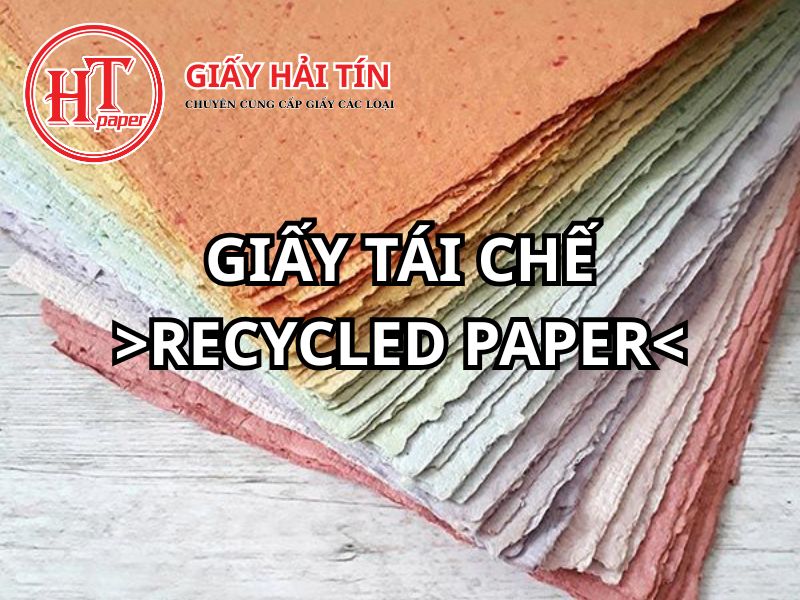Paper Industry: Opportunities for Sustainable Development?
Contrary to the common perception that the paper industry is shrinking, in reality, the paper industry, both globally and in Vietnam, is growing robustly. It provides employment to thousands of workers and contributes significantly to the development of other economic sectors, such as reforestation, afforestation, and the support of various production industries.
"Silently" Supporting Numerous Industries
Although not a core economic sector, the paper industry plays a crucial supportive role. Essential products from the industry, like pulp, writing paper, and tissue, are integral to everyday life and contribute to Vietnam's economic development, especially in packaging and product wrapping.
The paper industry supplies diverse products for cultural, educational, manufacturing, and research activities. However, per capita paper consumption in Vietnam is still relatively low, at 50.7 kg per person annually, compared to the global average of 70 kg, Thailand's 76 kg, and 200–250 kg in the U.S. and EU.
Recent surveys indicate strong growth in packaging paper, blueprint paper, and tissue, while newsprint has declined, and writing paper has shown a slight decrease. Pulp accounts for over 40% of production, and recycled paper makes up nearly 60%.
Moreover, Vietnam's recent export growth has increased the demand for packaging paper, especially in high-export sectors like textiles, footwear, seafood, and electronics.
The growth of digital media may reduce newsprint demand, but packaging paper is on the rise due to e-commerce and online sales.
In addition, with the environmental movement, eco-friendly paper products are gaining popularity, offering significant growth potential for sectors like food packaging that can replace single-use plastics.
According to the Vietnam Pulp and Paper Association (VPPA), the paper industry has experienced significant growth, with an average increase of 11% from 2000-2007 and 16% from 2007-2017. Packaging paper is expected to continue growing at 14-18% annually over the next 5-10 years.
Currently, over 300 companies operate in the sector, with around 20 large-scale companies producing over 100,000 tons annually and many medium and small-sized companies. Numerous high-capacity projects are ongoing, each with a capacity of about 400,000–500,000 tons per year. Some companies are planning projects with capacities exceeding 1 million tons of packaging paper per year.
To meet production requirements, most domestic paper companies have adopted advanced technology and strictly adhere to environmental standards, indicating a sustainable development trend.
Significant Potential, but Not Without Challenges
Despite the potential, domestic paper companies face numerous challenges that hinder growth and efficiency.
A primary challenge is the lack of a clear development strategy. The industry's strategic plan has expired, and regulatory documents lack specificity, leaving investors with limited guidance. As a result, many projects lack clear legal foundations.
Additionally, recycled paper is a key input material, supporting environmental protection and reducing production costs. However, Vietnam lacks policies for collecting recycled paper domestically, leading to heavy reliance on imports. Experts estimate that demand for recycled paper will grow by around 35% annually, reaching 13.2 million tons by 2025.
Import challenges also impact production, particularly for companies producing packaging paper.
Experts recommend that the industry focus on products with high demand, such as pulp, packaging paper, and tissue. Prioritizing investments in high-efficiency, environmentally friendly projects could enhance competitiveness both domestically and internationally.
At a recent conference, Mr. Phan Duc Hieu, Deputy Director of the Central Institute for Economic Management, suggested that the government create policies to encourage sustainable growth for domestic paper companies, including a development strategy for 2020-2030, establishing major plantation areas, and supporting large-scale enterprises.
There is also a need for policies to increase collection and recycling rates, reduce dependence on imported recycled paper, and encourage local production aligned with international trends.
VPPA stated that globally, recycled paper is considered a raw material, not waste. Many developed countries support recycling; for instance, the U.S. has recycled 63.5% of used paper products, saving 26,497 liters of water and 2.3 cubic meters of landfill space per ton recycled.
“Giấy mất bao lâu để phân hủy” không có một con số cố định — nó dao động tùy loại giấy, lớp phủ và môi trường (compost có oxy khác bãi chôn thiếu oxy). Bài viết này trình bày con số tham khảo, giải thích yếu tố ảnh hưởng, nêu riêng giấy thường dùng trong ngành may và cách xử lý/ tái sử dụng thực tế
Giấy khadi ấn độ là loại giấy thủ công truyền thống nổi bật của Ấn Độ, nổi tiếng với vẻ đẹp tự nhiên, độ bền cao và ý nghĩa văn hóa sâu sắc. Loại giấy này không chỉ dùng trong các hoạt động nghệ thuật mà còn gắn liền với lịch sử và tâm linh của đất nước này.





